Passive Musical Encounters
The passive musical experiences in traditional medicine have a long, rich history, dating back to ancient times. The use of music in traditional medicine often involves invoking a certain atmosphere for a patient to experience—aural, ambient, or otherwise—to induce a trance-like state in which the patient is physiologically altered, allowing physical and mental therapeutic benefits. An example of a musical encounter in traditional medicine might be a drummed trance song of a type often used in shamanic practices. In this context, the passive musical journey can serve as a tool for healing, mentally calming, connecting to the deeper aspects of one’s mind, or aiding in the meditation process. In contemporary times, musical immersion is becoming increasingly popular as an approach to traditional medicine. Music can provide a type of "medicine in the form of sounds," using music to achieve a trance state and create a sense of safety, quiescence, and a pathway to inner healing. One example of passive musical engagement in traditional medicine is therapeutic drumming. Many practitioners believe that rhythmic drumming—with its entrancing beat—can draw the listener into a state of relaxed awareness. This process has been used for centuries in traditional indigenous healing practices, where it is believed to facilitate spiritual, emotional and physical wellness. Other than simply creating trance states, passive musical encounters can also be considered as tools for communication within a group setting. In traditional indigenous practices, for example, drumming is used to establish a group dialogue. It is believed that the rhythm of the drum carries messages of peace and unity, and encourages individuals to better understand their shared humanity. In conclusion, the use of passive musical encounters in traditional medicine serves as an important and powerful tool for healing. Through its experiential nature, rhythmic drumming and other forms of music can provide a sense of comfort, unity, and relaxation. Traditional medicine practitioners can use these perspectives to create an environment in which healing can take place.
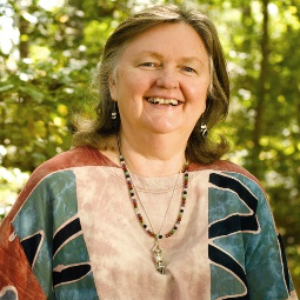
Mary Jo Bulbrook
Akamai University, United States
Kenneth R Pelletier
University of California School of Medicine, United States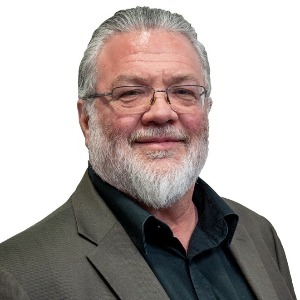
Gene Bruno
Nutraland, United States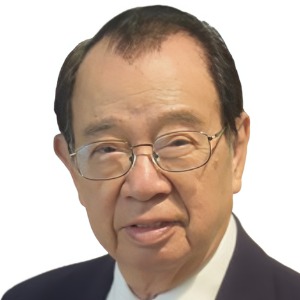
Kevin KF Ng
MD Natural Care LLC, United States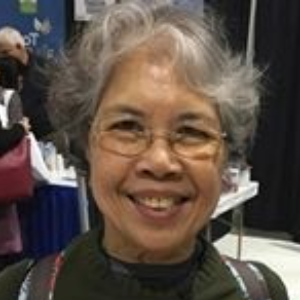
Julieta Andico Songco
JAS Consulting Services, United States
Debrah Nadler
Alzheimer’s Support, LLC, United States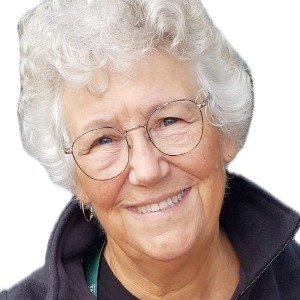
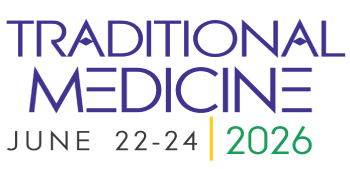



Title : The importance of integrating TCM with conventional medicine in the diagnosis and treatment of physical and mental exhaustion due to excess or lack of professional activity
Angela Sanda Tudor, Society of TCM from Romania, Romania
Title : Change your genes - Change your life: Sorting the hope from hype of human longevity
Kenneth R Pelletier, University of California School of Medicine, United States
Title :
Laure Le Corroller, Dr.& Master Sha Tao Academy, Canada
Title : Examining the factors that decrease and increase the effect of acupuncture
Yucel, Elonysia LLC, Turkey
Title : Pure consciousness and lifestyle practices in ayurveda — Positive epigenetic transformations
Girish Momaya, Maharishi European Research University, Netherlands
Title : Akkermansia muciniphila 001 (AKK001™) postbiotic for body morphology and metabolic indicators in an overweight population: A randomized, controlled trial
Gene Bruno, Nutraland, United States